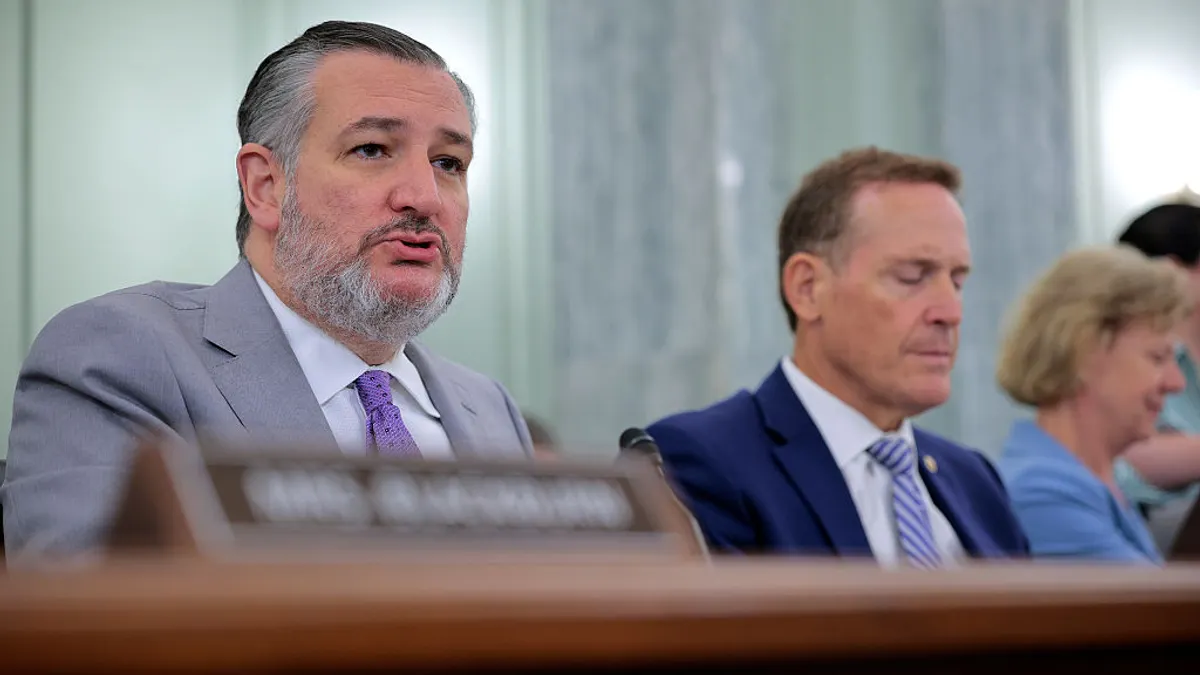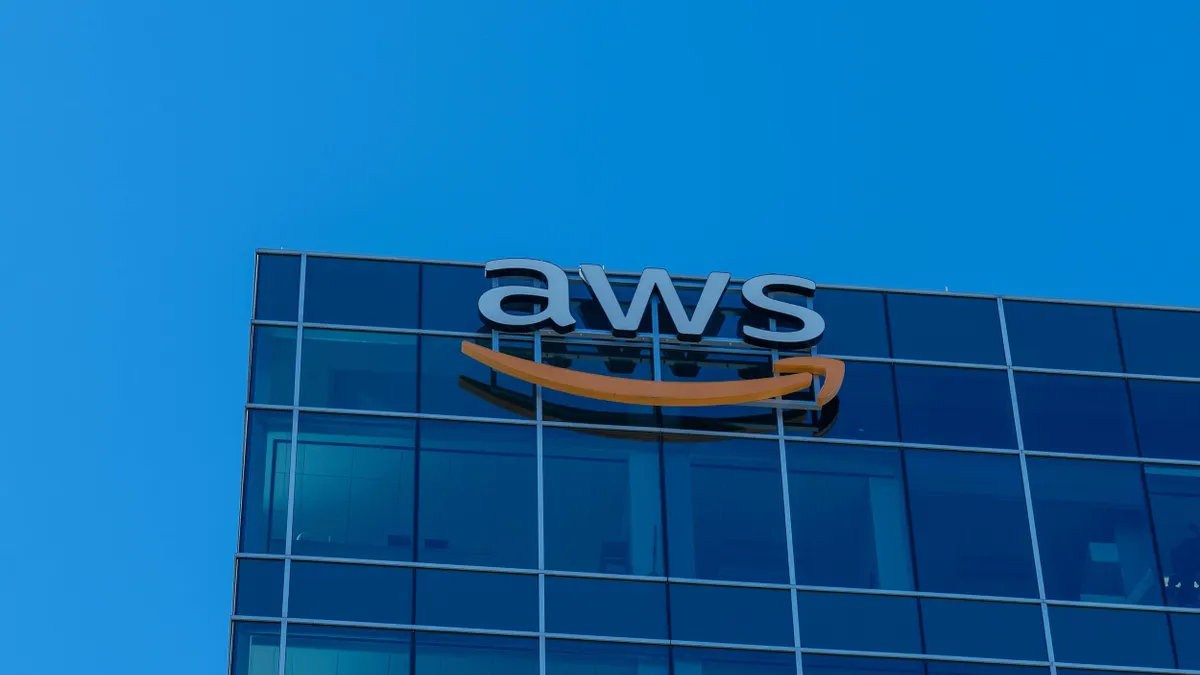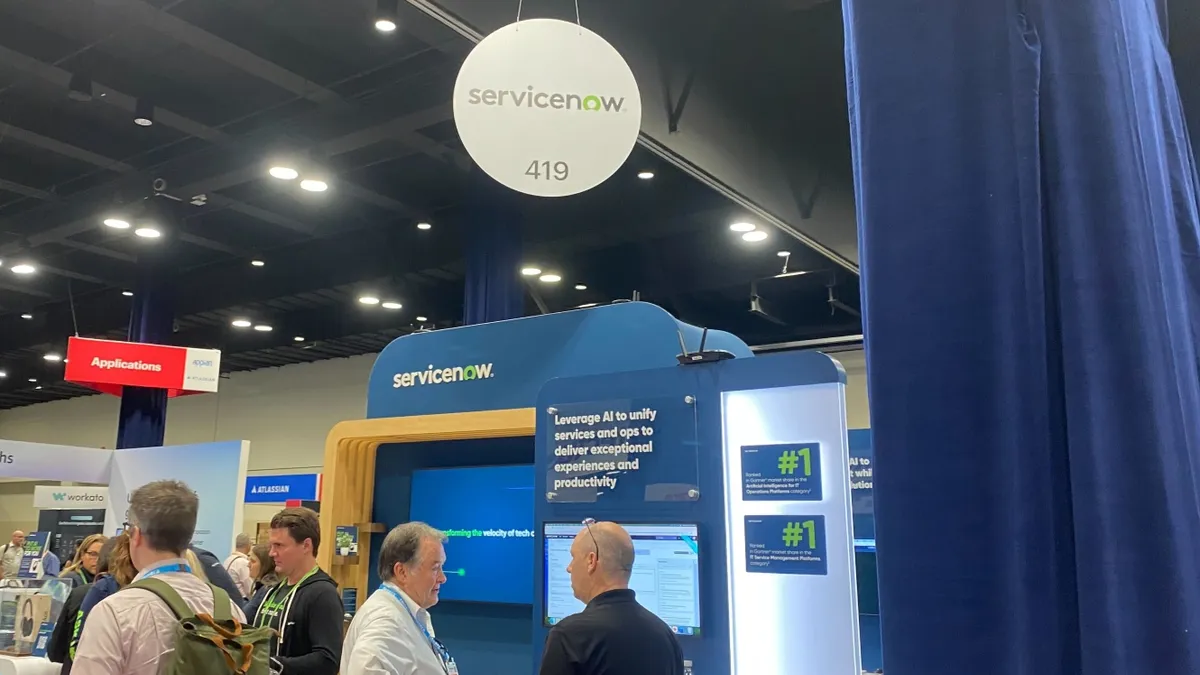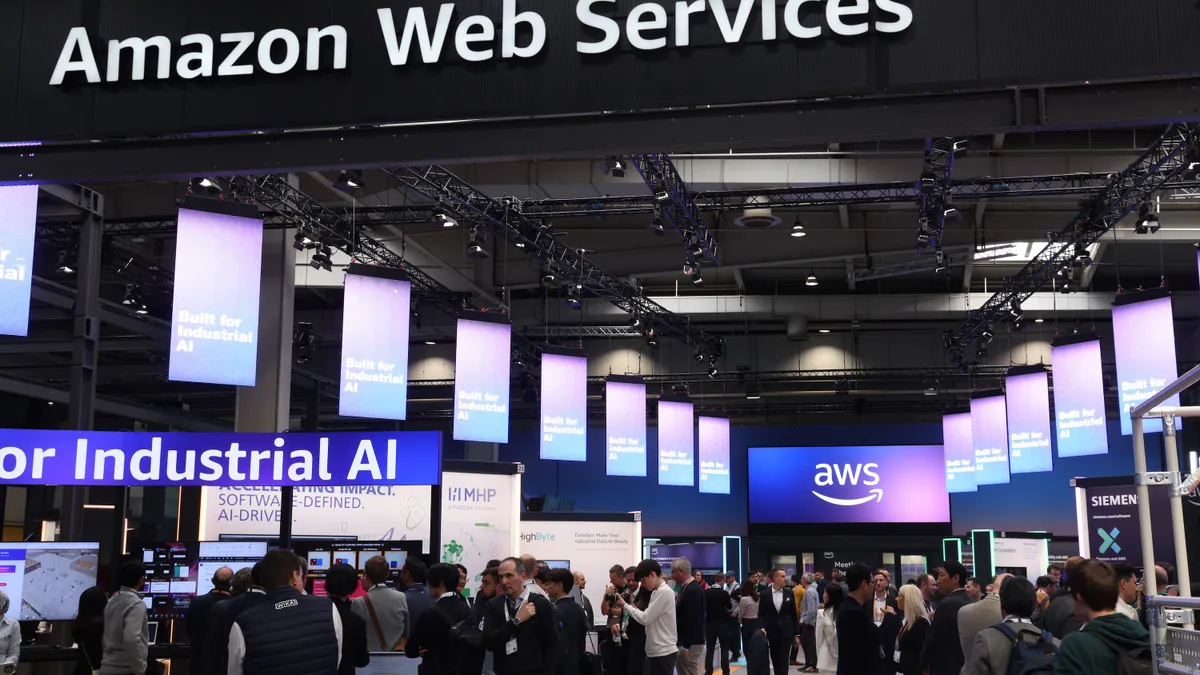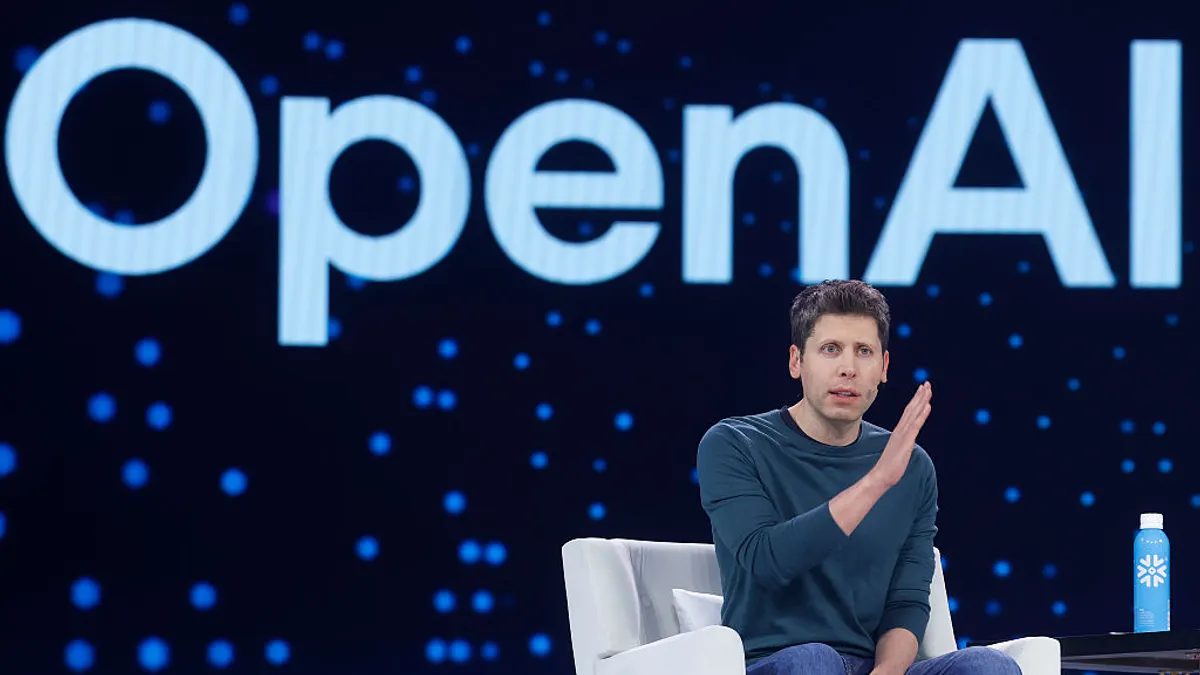ORLANDO, Fla. — Legacy technology systems and applications can cause more than a few problems for businesses.
Tech debt can hinder cost control, sink team productivity and derail emerging tech ambitions. Legacy tech upgrades come with a hefty price tag, too. Nearly two-thirds of businesses invest more than $2 million in maintenance and upgrades, according to SnapLogic data.
Big projects also exert added pressure on those in charge.
“I was having a lot of heartburn over this project and finding the right partner,” said Stacie Sloan, COO at Johns Hopkins Federal Credit Union, speaking during a panel discussion in May at a Creatio conference in Orlando, Florida, referring to an enterprise tech upgrade.
When it's time for a major systems refresh, CIOs and other technology leaders can help ease modernization hurdles, mitigate stakeholder concerns and build momentum to fuel projects down the road.
Here are three ways technology leaders can ensure project success:
1. Bring in stakeholders
Technology leaders and teams need a clear understanding of modernization goals. Connecting with stakeholders and end users can ease hurdles and ensure better communication.
The City of Boston tried three times without success to modernize a 15-year-old 311 system, which served as a one-stop shop for residents to request information.
“That includes a CRM for the residents to reach out, which integrates with our mobile app and the CRM integrates with our systems that field teams use,” said Jay Greenspan, City of Boston’s senior director, products and services, basic city services. “It’s a heterogeneous sort of environment with some pretty particular software in the mix.”
Previous attempts to modernize the on-prem system had failed due to poor partners, an inability to iterate or test and delayed timelines. The system was no longer being serviced by its vendor, and it would fail on occasion.
“There was no shortage of will to replace,” Greenspan told CIO Dive. “It was something everybody had known needed to be done and, in an ideal world, would have been done some years back.”
As part of Boston’s request for proposals for the new system, stakeholders were kept in the loop and often tapped for their perspective.
“Keeping your stakeholders really close when you’re doing these kinds of efforts, and there’s complex change management involved, is important,” Greenspan said. “The soft skills aspects of it can potentially be undervalued.”
Even with complex technical challenges at the heart of the project, bringing in nontechnical perspectives can make or break a project.
“There’s nothing to hold a project back like somebody just not willing to use what you’ve created,” Greenspan said. “We had stakeholders in our selection of the CRM platform and in the RFP process.”
Greenspan didn’t need to rally support for the project, but sometimes technology leaders will need to become storytellers and paint a picture for stakeholders or board members to get everyone on the same page.
Purplebricks CTO Dan Rafferty said even when systems need to be updated, executives are often trepidatious and “don’t want to rock the boat.”
The British online real estate company was on the hunt for a new CRM with significant self-service functionality that could bring improved efficiency and reduce average response times for property viewing.
“Being able to illustrate benefits in such a way that hard-nosed investors, who have heard all these IT projects before, actually give it credence, is difficult to do,” Rafferty said. “In our particular case, it helped that we had a big Salesforce bill coming in.”
Technology leaders who can lay out the cons of sticking with the status quo — whether that’s mounting costs or lackluster capabilities — and the benefits of modernizing will have better success.
2. Align modernization goals
When a legacy system isn’t working, leaders may feel pulled to go with the 2.0 version even when that’s not the best route. CIOs should look at system upgrades as more than just checking a box, with a focus on project outcomes.
The City of Boston, for example, needed to rework its request for proposals.
“For the attempt to move off of the legacy system that occurred around eight years ago, they had put together an RFP with a couple hundred capabilities,” Greenspan said. “At the end of the day, you’re not really learning what you need to when you go about it like that.”
Greenspan said it was more helpful to understand how an implementation partner might approach the work, its product roadmap and potential flexibility.
“One thing that was important is that we can own the application,” Greenspan said. “We would be reliant on an implementation vendor, but we don’t want to give them a call every time we want to change the system.”
Sometimes, compliance plays a role in pushing modernization forward, but it shouldn’t be the only guide.
Citigroup needed to address decades of underinvestment in technology infrastructure after regulators levied more than $130 million in fines last year.
“This is a massive body of work that goes well beyond the consent order … this is not old Citi putting in Band-Aids — this is Citi tackling the root issues head on,” CEO Jane Fraser said during the bank’s Q2 2024 earnings call in July.
As Citi has doubled down on its broader goal of simplifying processes and platforms, the company has retired 1,250-plus applications since 2022, executives said in October.
3. Keep the momentum
Once organizations strengthen their technology foundation via legacy tech upgrades, the sky is the limit.
Many enterprises are currently focused on integrating generative and agentic AI capabilities, which require a solid data foundation. Enterprises across industries, from grocers like Albertsons to auto retailers like CarMax, have begun to pave the way for their emerging tech by focusing on the infrastructure that enables it.
USAA embarked on a 3-year push to clean up its massive data estate a few years ago, aiming for a unified data environment. Once the company was able to shift its posture from defense to offense, it also had its sights on AI-based solutions and more advanced analytics capabilities.
Rafferty kept a forward-looking lens on Purplebricks’ upgrade even in the initial stages of selecting a vendor and gaining leadership buy-in.
“I, as a technologist, know that some companies call AI what isn’t really AI,” Rafferty added, pointing to his requirement of demos prior to selecting a vendor.
Rafferty made sure to highlight the momentum that could be gained from a new AI-equipped CRM system, while the company would’ve needed much more resources to explore AI with its legacy system.
“We’ve inherited a lot of legacy systems … and we wanted to be on the right horse going forward,” Rafferty said.





